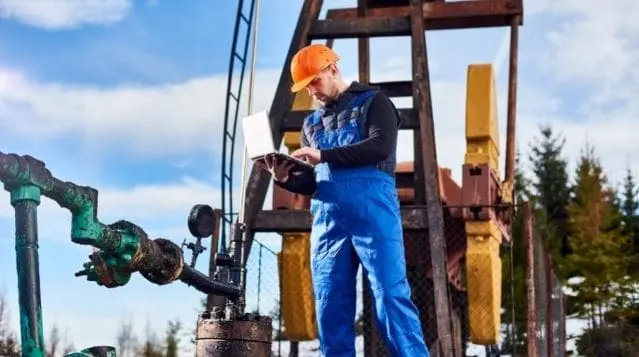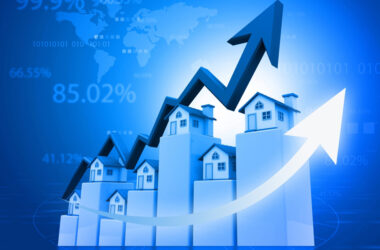Meanwhile, gas regulation technology is constantly growing with the technological advancement in engineering and materials science. For those seeking reliable gas regulation solutions, exploring oxygen regulators for sale online can provide convenient access to a range of options tailored to specific needs and applications.
Precision and Accuracy
The latest developments in gas regulation technology are all geared towards precision and reliability. Contemporary regulators now have advanced sensors and control mechanisms to deliver uniform gas flow rates and pressure levels. This level of precision is especially important in industries like healthcare, manufacturing, and laboratory environments where small differences can dramatically change procedures and results.
Enhanced Safety Features
Safety is the first and foremost preference when it comes to gas regulation technology. Modern regulators have additional safety features including pressure relief valves, flame arrestors, and, in some models, fail-safe shutoff mechanisms. These act to prevent possible gas leaks, overpressure and all other risks associated running high pressure, that can in turn keep personnel and equipment safe from harm.
Digitalization and Automation
Gas regulation systems have been transformed by the adoption of digitalisation. Today it is the digital display, programmable functionality, and perhaps remote monitoring on the more advanced regulators More importantly, facilitating digitalization means the user can actively monitor gas parameters in real time as well as automated adjustment according to the requisite parameters, and remote operation for trouble shooting and maintenance.
Applicability to Industries
- Medical gases: Dedicated LR regulators for medical gases control the amount of gas delivered to critical care settings and protect patients as well as the efficacy of treatments.
- Industrial regulators in manufacturing: Industrial regulators are used in manufacturing processes to improve efficiency thus reducing production costs by optimizing gas usage.
- Laboratories: Regulators used in laboratories are of the laboratory-grade meant to keep high gas purity levels in order to provide the right analytical results and research outcomes.
In the future, it is expected that gas regulation technology will further shrink in size, allow better connectivity through IoT integration, and use durable materials for performance & harsh environment requirements.
These are just a few examples of how gas management is becoming a more efficient process in the face of improving technology, providing better practice all around for any business and consumer. If you’re looking to upgrade your gas management equipment, consider exploring oxygen regulators for sale online to find the latest advancements and solutions tailored to your needs.







